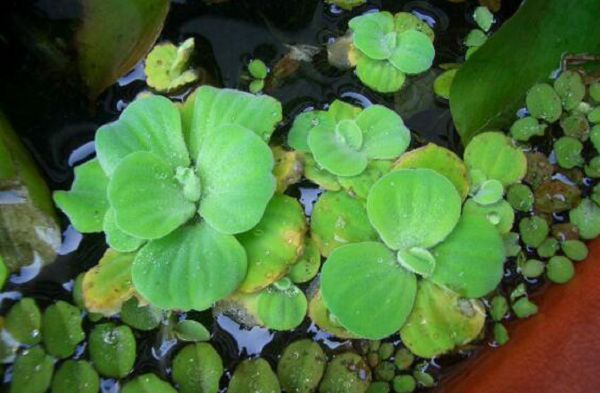Maintenance methods of dormant flowers in summer
In summer, as the temperature rises, many plants and flowers grow slowly and their metabolism weakens. Plants will face the hot and hot summer in a dormant state, such as orchids and begonias are some dormant plants in summer. Some plants remain green after dormancy. Such plants are called evergreen dormancy, such as daffodils, tulips and so on. There are also some plants that lose their leaves after dormancy, which are called deciduous dormancy. Different plants have different properties and different environmental requirements. Therefore, it is necessary to grasp the growth habits of plants in the process of conservation, so that plants can spend the summer safely.
1. Proper lighting to maintain a good ventilation environment. After entering the summer, put the dormant plants in a cool place, to avoid direct sunlight, conditions permit, you can also take some measures to shade. At the same time, it is necessary to ensure that the plant growth environment has good ventilation. When the temperature is too high, we should often spray water around the plant leaves to reduce the humidity of the surrounding environment and reduce the temperature.
2. The control of watering water. General summer dormant plants do not have high requirements for water, because the metabolism becomes weaker, the performance of the root system is also weakened, the growth is slow, and the water absorption is also weakened. Therefore, it is necessary to control the amount of water when watering, if too much watering will cause root rot, but insufficient watering will cause plant shrinkage. Watering should grasp the specific growth of plants, and it is appropriate to keep the basin soil moist. Therefore, the amount of water should be properly watered in the process of maintenance, so that plants can spend the summer normally.
3. Prevent the rain. Because there are more Rain Water in summer, especially the torrential rain. On the other hand, plants that are dormant in summer will rot their roots if they receive rain and cause stagnant water in the basin. So it's best to keep the plants in a place where you can take shelter from the rain in summer. After being caught in the rain, the plants should be taken out in time to discharge the stagnant water and be ventilated to allow the plants to grow.
4. Stop fertilizing. In summer, plants in dormant or semi-dormant period grow slowly and their physiological activities are weakened, so the consumption of nutrients is less and the demand is also reduced. So there is no need to apply fertilizer in summer, otherwise it will cause rotting roots and, in serious cases, death.
- Prev

What kind of flowers are completely soaked in water? there are ten kinds of flowers that can be completely raised in water.
What kind of flowers are completely soaked in water? there are ten kinds of flowers that can be completely raised in water.
- Next

How to change pots for flowers
How to change pots for flowers
Related
- What if the leaves of potted flowers turn yellow?
- Florescence Control of several Flowers
- Anti-freezing technology and post-freezing nursing technology of flowers
- What is the classification of flowers? What are the common methods of flower classification?
- Prevention and control of alkali and acid damage of flowers in courtyard
- Technology of Anti-freezing and restoring growth of Flower seedlings in greenhouse and greenhouse
- How does flower fertilization not hurt the root? Fertilization technology of flowers
- Key points of disinfection in flower greenhouse
- Several pesticides that are banned or used cautiously in flowers
- How to fertilize the flowers that watch the leaves?

